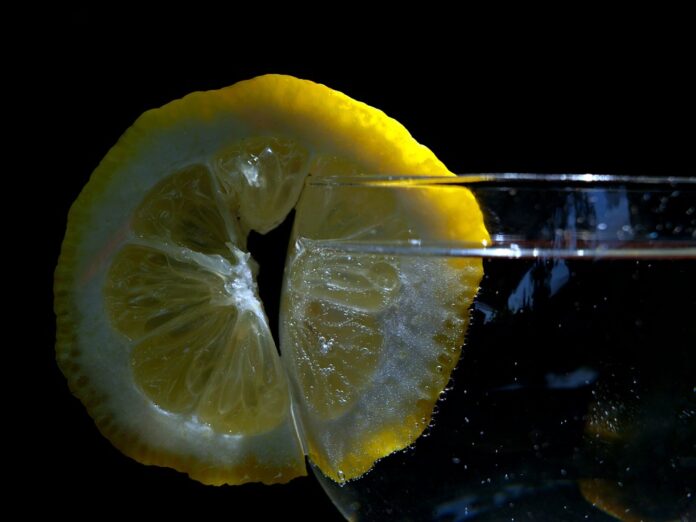The Difference Between PET and Glass Bottles in Beverage Packaging
Introduction
When it comes to choosing the right packaging material for beverages, companies often have to decide between PET (polyethylene terephthalate) and glass bottles. Each material has its own set of advantages and disadvantages, which can impact factors such as cost, sustainability, and product quality. In this report, we will explore the differences between PET and glass bottles in beverage packaging, looking at various aspects such as environmental impact, cost-effectiveness, and consumer preferences.
Environmental Impact
One of the key considerations when choosing between PET and glass bottles is their environmental impact. PET bottles are lightweight and require less energy to produce and transport compared to glass bottles. They are also recyclable, with many recycling facilities accepting PET bottles for processing. On the other hand, glass bottles are heavier and require more energy to produce and transport. While glass bottles are also recyclable, the recycling process for glass is more energy-intensive compared to PET.
Cost-Effectiveness
From a cost perspective, PET bottles are generally more cost-effective than glass bottles. The production and transportation costs of PET bottles are lower due to their lightweight nature, making them a more economical choice for beverage companies. Glass bottles, on the other hand, are more expensive to produce and transport due to their weight and fragility. This can result in higher costs for companies using glass bottles for their beverages.
Product Quality
When it comes to product quality, glass bottles are often preferred by consumers for their perceived premium look and feel. Glass bottles are also impermeable to oxygen and other gases, making them ideal for preserving the taste and freshness of beverages. On the other hand, PET bottles are more prone to scratching and scuffing, which can affect the visual appeal of the product. However, advancements in PET bottle technology have led to improvements in barrier properties, making them more suitable for certain types of beverages.
Industry Insights
In the beverage packaging industry, both PET and glass bottles are widely used for different types of beverages. PET bottles are commonly used for carbonated drinks, water, and juices, while glass bottles are often used for alcoholic beverages such as wine and beer. Companies such as Coca-Cola and PepsiCo use PET bottles for their soft drinks, while premium wine brands like Moet & Chandon opt for glass bottles for their products.
Financial Data
According to industry reports, the global market for PET bottles is expected to reach $XX billion by 2025, driven by the increasing demand for packaged beverages. Glass bottles, on the other hand, are projected to reach a market value of $XX billion by the same year. This indicates the significant market share that both PET and glass bottles hold in the beverage packaging industry.
Consumer Preferences
Consumer preferences also play a crucial role in determining the choice between PET and glass bottles. While some consumers prioritize sustainability and opt for PET bottles due to their recyclability, others prefer the premium look and feel of glass bottles. Companies need to consider consumer preferences when selecting the right packaging material for their beverages to ensure customer satisfaction.
In conclusion, the choice between PET and glass bottles in beverage packaging depends on various factors such as environmental impact, cost-effectiveness, product quality, industry insights, financial data, and consumer preferences. Both materials have their own set of advantages and disadvantages, and companies need to weigh these factors carefully to make an informed decision.




